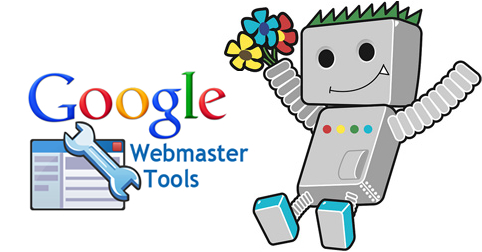 The Google Webmaster Central Blog has posted tips to help webmasters navigate the differences between XML sitemaps and  RSS/Atom feeds, as well as when to use either Рor both.
The Google Webmaster Central Blog has posted tips to help webmasters navigate the differences between XML sitemaps and  RSS/Atom feeds, as well as when to use either Рor both.
It is important for webmasters to submit sitemaps, particularly for sites that are very large or updated very frequently.¬† But while many webmasters submit either an XML or a RSS/Atom sitemap, many don’t realize they can submit both, as each plays a very different role for websites.
Sitemaps can be in XML sitemap, RSS, or Atom formats. The important difference between these formats is that XML sitemaps describe the whole set of URLs within a site, while RSS/Atom feeds describe recent changes. This has important implications:
- XML sitemaps are usually large; RSS/Atom feeds are small, containing only the most recent updates to your site.
- XML sitemaps are downloaded less frequently than RSS/Atom feeds.
For optimal crawling, we recommend using both XML sitemaps and RSS/Atom feeds. XML sitemaps will give Google information about all of the pages on your site. RSS/Atom feeds will provide all updates on your site, helping Google to keep your content fresher in its index. Note that submitting sitemaps or feeds does not guarantee the indexing of those URLs.
Bottom line, submit both so Google has the list of entire URLs within a site as well as getting updates as they happen.
Jennifer Slegg
Latest posts by Jennifer Slegg (see all)
- 2022 Update for Google Quality Rater Guidelines – Big YMYL Updates - August 1, 2022
- Google Quality Rater Guidelines: The Low Quality 2021 Update - October 19, 2021
- Rethinking Affiliate Sites With Google’s Product Review Update - April 23, 2021
- New Google Quality Rater Guidelines, Update Adds Emphasis on Needs Met - October 16, 2020
- Google Updates Experiment Statistics for Quality Raters - October 6, 2020